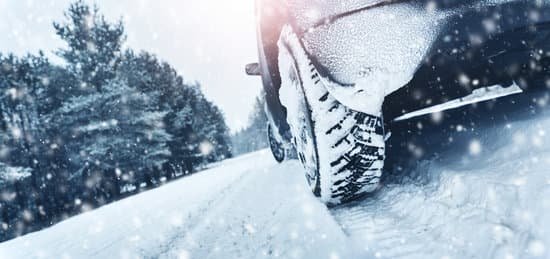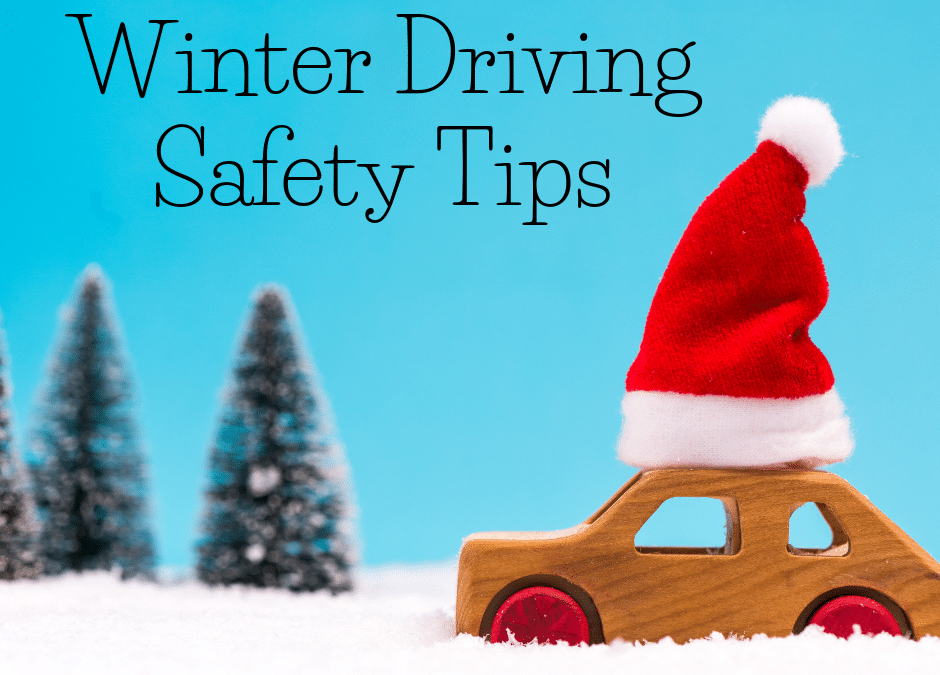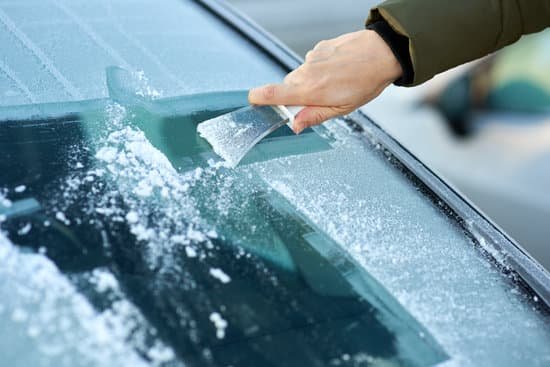
by California Casualty | Calcas Connection, Good to Know |
While winter weather has been lingering for a couple of months, there’s still more to come. Did you know that heavy rains, blizzards, and ice storms often arrive in February and March across many parts of the country?
Here are a few life-saving tips to remember as you get on the road this season.
- Remove bulky coats/jackets when buckling children into car safety seats.
In an accident, the material will squish down and the harnessing system will be too loose to be effective. Layer blankets on your child’s lap after buckling them in.
A list of recommended warm clothing that won’t interfere with car seat safety can be found here.
- Keep your gas tank at least half full.
This prevents water condensation from getting into and freezing up fuel lines. A frozen fuel line means limited gas supply to the engine, stopping you in your tracks.
- Use wiper fluid that is formulated to NOT freeze.
Windshields coated with ice or splashback from roads create dangerous visibility. You will need to clean your windshield while driving, and only fluid that stays liquid will do the job.
Experts recommend carrying tire chains, jumper cables, a shovel, ice scraper, and even spare wiper blades. Other life-saving items include bottles of water, high-calorie foods and snacks, blankets or sleeping bags, a spare pair of boots, flashlights, gloves, solar cell phone chargers, and a first aid kit. Kitty litter for traction is also a good idea.
- Be aware of deadly carbon monoxide in your vehicle(s).
If you can smell exhaust in your vehicle’s cabin, you should have your systems checked. Leaks in exhaust systems, defective ventilation systems, and even an unsecured back hatch or partially open trunk can allow carbon monoxide gas into your vehicle. Tailpipes blocked with snow or ice can send carbon monoxide into the vehicle too.
Also, warming a car in a garage, even with the door open, allows dangerous concentrations of the gas into the vehicle and even into your home.
It’s important that everyone knows the symptoms of carbon monoxide poisoning.
- Bring essential medications in case you get stranded.
- Don’t venture out in extreme conditions unless it’s an emergency.
You are not only putting your life in danger, but also the lives of first responders who will have to venture out to search for you if you get lost or stranded.
TAKEAWAY: Find more winter driving tips and preparation at the California Casualty blog.

by California Casualty | Pets, Safety |
Even though they are covered in fur, pets still feel the effects of winter weather. Temperatures below freezing with wind chill can cause serious harm, sickness, or even death to domesticated animals, like cats and dogs. Animals need protection from the cold, just...

by California Casualty | Auto Insurance Info, Safety |
Undoubtedly, when the roads are covered in snow and/or ice the best option is to just stay hunkered down at home. However, for the majority of us, that’s not an option. In fact, 70 percent of US roads are located in snowy regions. and each year over 116,000 people are injured driving in the snow and ice.
Accumulation on roadways reduces tire friction and vehicle maneuverability and greatly increases the risk of accidents. So, as winter approaches and you make the necessary preparations to your vehicle, make sure you remember these winter driving safety tips to ensure you arrive at your destination safely.
- Decrease your speed and leave yourself plenty of room to stop.
- Allow at least 3 times more space than usual between you and the car in front of you.
- Brake gently to avoid skidding.
- If your wheels start to lock up, ease off the brakes.
- Turn on your lights.
- This will make you more visible to other motorists.
- Keep your windshield clean.
- Once it has defrosted, keep the windshield wipers on to wipe away all falling snow and avoid it freezing over again.
- Use low gears to keep traction.
- Drive especially slow on hills to avoid rolling backward.
- Steer into a skid to avoid a crash.
- This means if your rear wheels are going right, gently steer in that direction.
- Keep an emergency kit in your car.
- This should include a first aid kit, flashlight, water, blankets, and snowmelt or sand/kitty litter.
- Be on the lookout for black ice.
- Black ice is barely visible and makes roadways, bridges, and overpasses extremely slick
- Don’t pass snow plows.
- The drivers have limited visibility, and you’re likely to find the road in front of them worse than the road behind.
- Don’t assume your vehicle won’t have problems.
- Even 4-wheel drive automobiles can have issues on ice and snow!
If your rear wheels skid…
- Take your foot off the accelerator.
- Steer in the direction you want the front wheels to go.
- If your rear wheels start sliding the other way as you recover, ease the steering wheel toward that side. You might have to steer left and right a few times to get your vehicle under control.
- If you have standard brakes, pump them gently.
- If you have anti-lock brakes (ABS), do not pump the brakes. Apply steady pressure to the brakes. You will feel the brakes pulse — this is normal.
If your front wheels skid…
- Take your foot off the gas and shift to neutral, but don’t try to steer immediately.
- As the wheels skid sideways, they will slow the vehicle and traction will return. As it does, steer in the direction you want to go. Then put the transmission in “drive” or release the clutch, and accelerate gently.
Stay warm & be careful out there!
This article is furnished by California Casualty, providing auto and home insurance to educators, law enforcement officers, firefighters, and nurses. Get a quote at 1.866.704.8614 or www.calcas.com.

by California Casualty | Auto Insurance Info, Safety |
Driving in winter weather can be extremely dangerous, but for most of the country, a winter commute in sub-par conditions is a fact of life. Getting out during a wintery mix may be unavoidable, but it is important to know that even small amounts of snow, ice, freezing...

by California Casualty | Auto Insurance Info, Homeowners Insurance Info |
During the winter months, snow, sleet, ice, and freezing temperatures can really take a toll on your home and vehicle. Fortunately, there are some relatively easy things you can do to help protect your car and home from any serious damage from the effects of winter...





